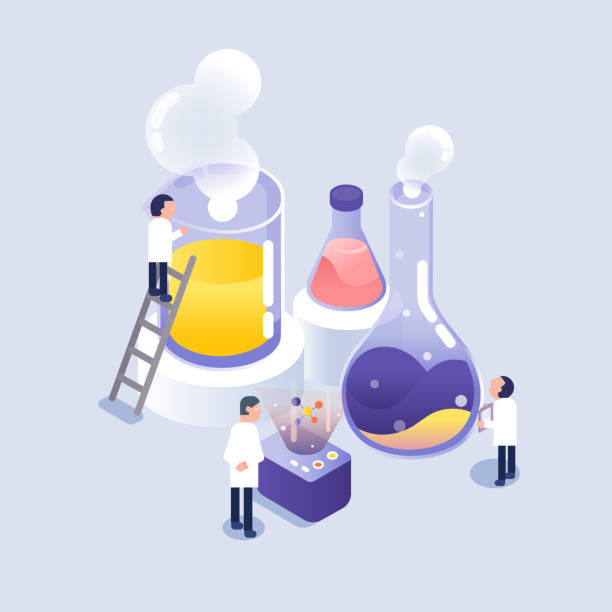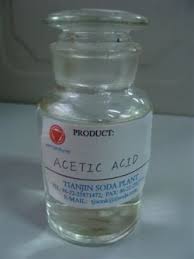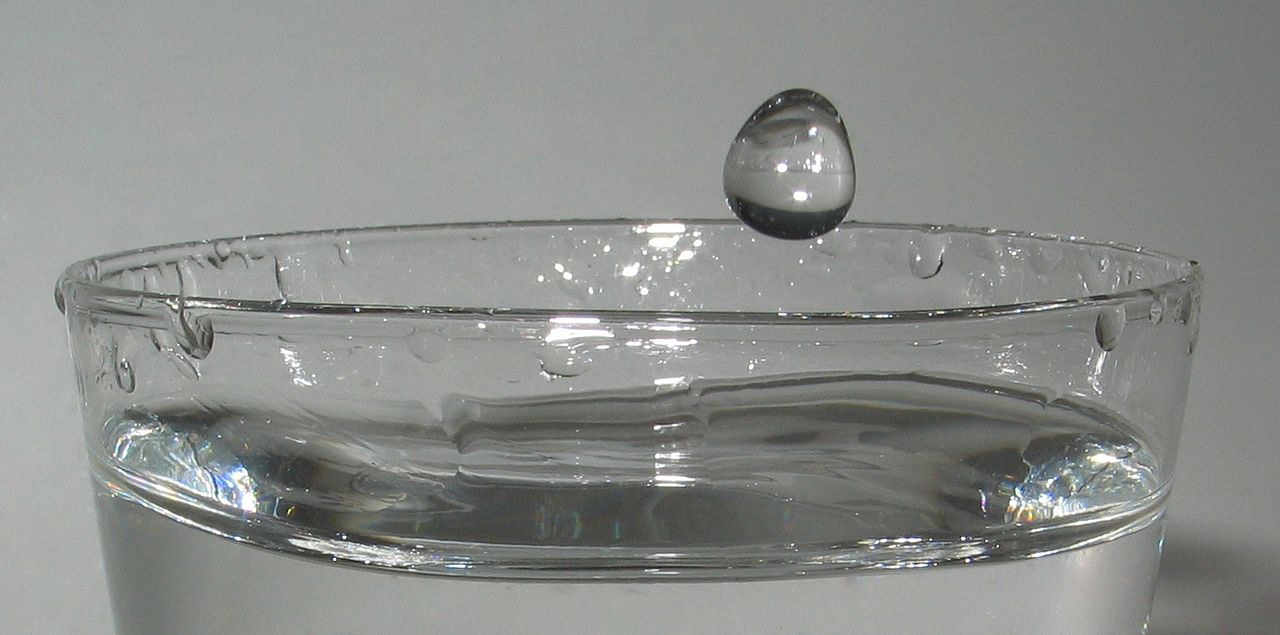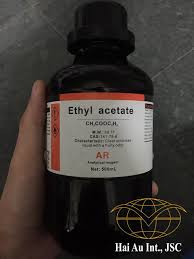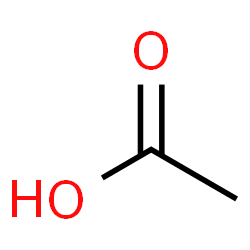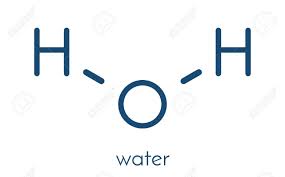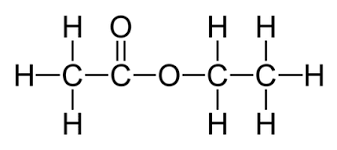Search equation
Please enter the reactant or product to start the search
Lưu ý: Vuốt sang bên trái để xem toàn bộ phương trình
C2H5OH + CH3COOH → H2O + CH3COOC2H5 | , Phản ứng thế
C2H5OH | (c2h5)2nh diethylamine | solid + CH3COOH | ethanoic acid | solid = H2O | water | solid + CH3COOC2H5 | | solid | Temperature: temperature, Other Condition excess chlorine
Introduce
Detailed information about the equation
Reaction conditions when applied C2H5OH + CH3COOH
- Catalyst: not available
- Temperature: 140
- Pressure: normal
- Other conditions: concentrated H2SO4
Reaction process C2H5OH + CH3COOH
Process: Put ethyl alcohol, acetic acid into test tube A, add some concentrated sulfuric acid as catalyst, boil the mixture in test tube A for a while, then stop boiling, add some water to the condensed liquid in test tube B, gently shake and observe
Note: Acetic acid reacts with ethyl alcohol to form ethyl acetate
The result of the reaction C2H5OH + CH3COOH
The phenomenon: In tube B, there is a colorless liquid with smell. It is insoluble and floating on water surface.
Detailed information on the reactants
Information about C2H5OH ((c2h5)2nh diethylamine)
Information about CH3COOH (ethanoic acid)
Detailed information about the products of the reaction
Information about H2O (water)
Information about CH3COOC2H5
Total rating:
Rating: / 5 star
The equations for preparation C2H5OH
Catalyst
normal
Temperature
30 - 35
Pressure
normal
Other conditions
Zima yeast
+ → +
Catalyst
normal
Temperature
normal
Pressure
normal
Other conditions
normal
+ → +
Catalyst
normal
Temperature
normal
Pressure
normal
Other conditions
normal
The equations for preparation CH3COOH
Catalyst
normal
Temperature
normal
Pressure
normal
Other conditions
catalyze
Catalyst
normal
Temperature
temperature
Pressure
normal
Other conditions
ion Mn2+
Catalyst
normal
Temperature
normal
Pressure
normal
Other conditions
normal
Interesting facts about chemistry you may not know
Interesting facts about hydrogen - the lightest element in the periodic table.
Hydrogen is the first element in the periodic system table. Hydrogen is known to be the lightest of all, the most abundant in the Universe, the essential element for life
View moreInteresting facts about helium
Helium is the first rare gas element in the periodic system table. In the Universe, it ranks second in abundance after elemental hydrogen.
View moreInteresting facts about lithium
Lithium is the alkali metal element, located in the third cell in the periodic table system. Lithium is the lightest of all solid metals and can cut a knife.
View moreInteresting Facts About Beryllium
Beryllium is the lightest alkaline earth metal. Beryllium is found in precious stones such as emeralds and aquamarine. Beryllium and its compounds are both carcinogenic.
View moreInteresting Facts About Carbon
Carbon is the non-metallic element in the sixth cell in the periodic system table. Carbon is one of the most important elements in all life, it is also known as the back.
View more